Make more efforts to make the computing industry bigger and stronger, compete for "smart computing" and lead the industrial transformation.
CCTV News:This month, the Ministry of Industry and Information Technology and other six departments jointly issued the "Action Plan for High-quality Development of Computing Infrastructure", which clearly stated that the comprehensive supply capacity of computing power will be steadily improved. What is the current development of China’s computing power industry? What are the key points in the next step? Come and see the reporter’s report.

Headquarters CCTV reporter Ning Kun:Now, such a holographic cartoon character beside me can have a simple question-and-answer conversation with you like a personal assistant, and these large models also need a lot of computing resources in training. Hello, what other fields can computing power be used in?
The image of virtual "number wise men" is orange;In addition to intelligent transportation, smart cities, intelligent manufacturing, intelligent mines, high-definition video, virtual reality, augmented reality and other fields, we can also apply computing power to more fields.
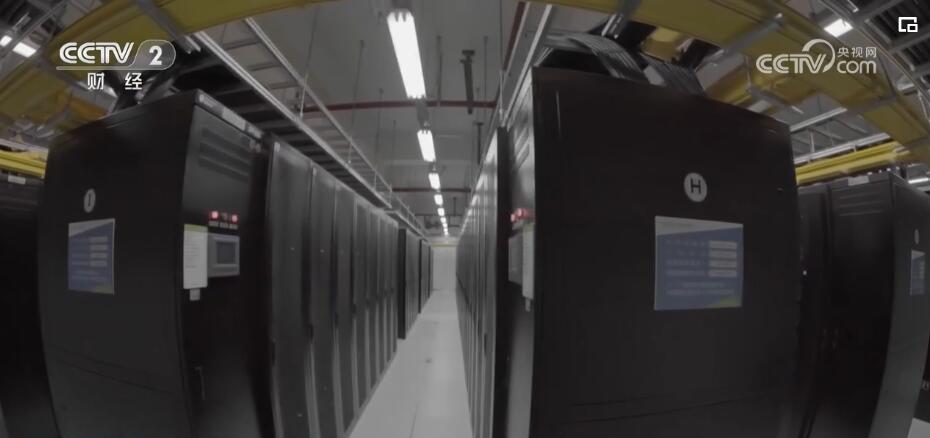
The intelligent computing center used in artificial intelligence training has also become the key direction for all parties to build computing infrastructure. Compared with traditional data centers, intelligent computing centers have higher requirements for computing chips, software and high-speed networks. In Zhangjiakou, Hebei Province, a large-scale intelligent computing center was officially put into operation, and finally it can reach 120 billion floating-point operations per second.
Wang Chaoyang, General Manager of R&D Division of Alibaba Cloud Data Center:Take the short-term and medium-term weather forecast model we recently cooperated with our customers as an example. It takes several hours to calculate in the traditional way, but it can be compressed to less than 3 seconds by using intelligent calculation.
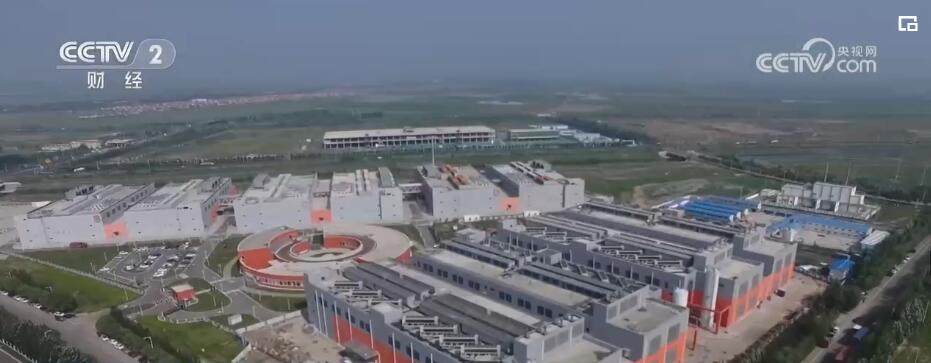
According to industry insiders, the demand for intelligent computing in frontier fields such as large-scale model training, remote sensing detection, life sciences and autonomous driving is growing rapidly.
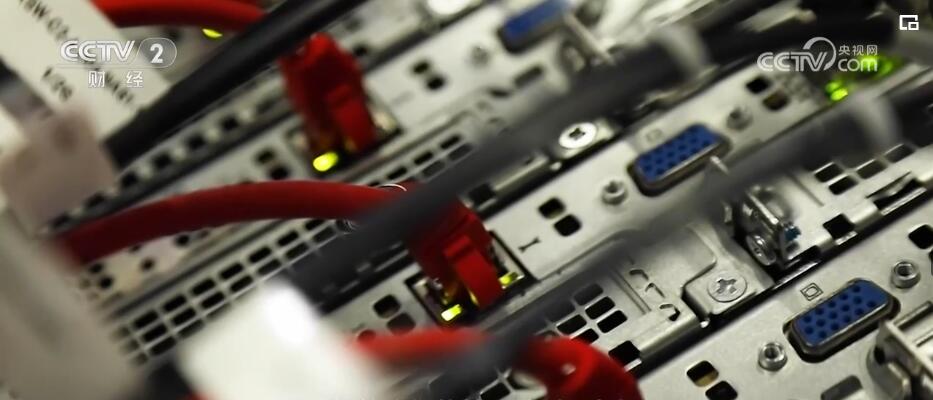
According to the recently issued "Action Plan" goal, by 2025, the proportion of intelligent computing power in China will further increase from the current 20% to 35%, and the growth rate will be faster than the average growth rate. According to incomplete statistics, at present, there are more than 30 cities in China that are building or preparing to build intelligent computing centers.
Zhao Ce, Deputy Director of the Information and Communication Development Department of the Ministry of Industry and Information Technology:Strengthen the monitoring of data center occupancy rate, optimize the layout of computing infrastructure in the country, especially highlight the deployment of intelligent computing power, and support the development of key industries and key fields such as artificial intelligence.
The integration of "East Counting and West Counting" and cost reduction calculation networks has become a trend
According to the latest data, the number of standard racks in use in China’s data centers exceeds 7.6 million, ranking second in the world in terms of total computing power. How to allocate and use the rapidly growing computing power resources more reasonably and efficiently? Continue to read the report.
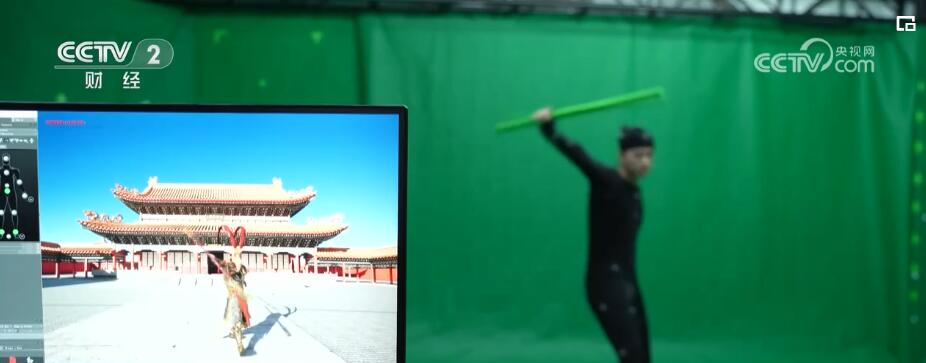
In a company specializing in film and television production in Zhejiang, there are now more than 30 films that need to be rendered in the later stage every year. This rendering process needs a lot of computing resources, which used to be done by local servers, but because of the shortage of resources, it will also encounter problems such as long rendering cycle or high cost.
Zhang Shiyu, visual effects director of a cultural media company in Zhejiang:In the past, rendering was always done locally. (Now) Through the "computing brain", the computing power of the west (region) was called, which greatly shortened the rendering cycle and saved the overall cost by more than 10%.
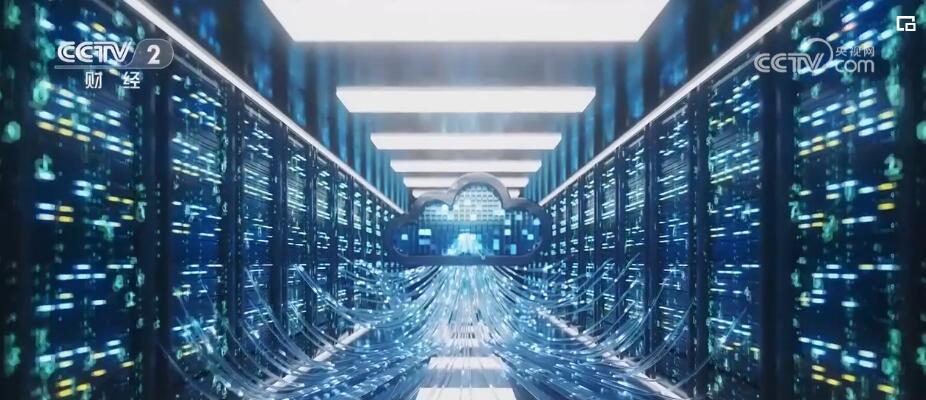
The so-called "computing brain" refers to a scheduling system that can cover a large number of computing resources in the country to dynamically allocate computing power in different regions in real time to complete tasks.
Sun Shaoling, Deputy General Manager of China Mobile Cloud Capability Center:Integrating computing network resources all over the country into a supercomputer, so our network is actually more like the bus inside the computer, which requires very high network delay and bandwidth.
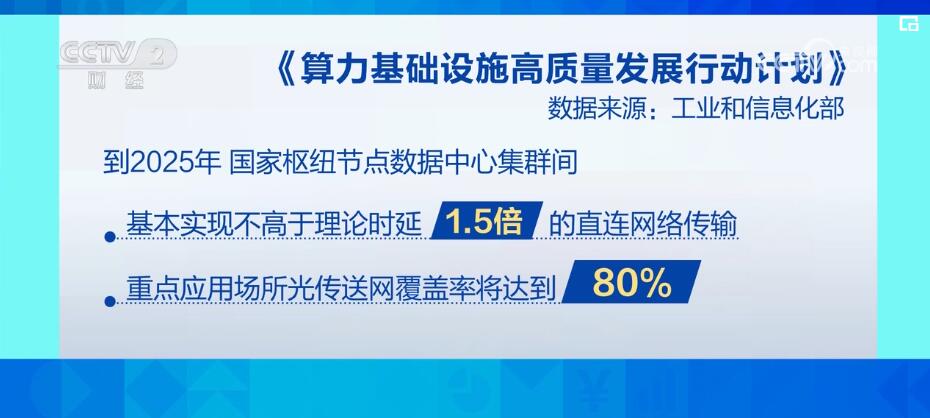
Experts said that in the process of future convergence and development of computing networks, it is necessary to fully consider the rational distribution of computing power supply and demand between the eastern and western regions, and at the same time continuously improve the data transmission capacity of the network. According to the recently issued "Action Plan" goal, in terms of carrying capacity, by 2025, the national hub node data center clusters will basically realize direct network transmission not higher than 1.5 times the theoretical delay, and the coverage rate of optical transmission networks in key application sites will reach 80%.
Wang Zhiqin, Vice President of China Information and Communication Research Institute:According to the setting of data center, supercomputing center and intelligent computing center, it may play a good role in the traction of some new types of optical communication products with higher speed (bandwidth), including 400G (Gigabit) and 800G (Gigabit).